12 Insights Into The History And Future Of Elephants In North America
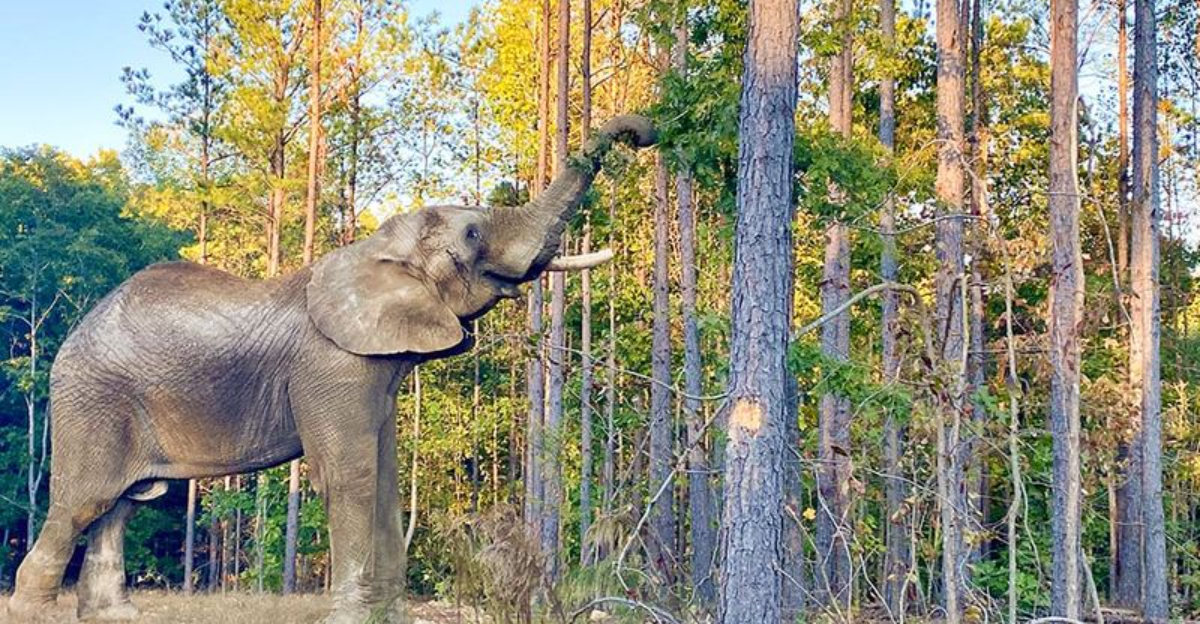
Elephants have a fascinating but little-known history in North America. Long before humans dominated the continent, elephant relatives roamed freely across ancient landscapes.
Today, their legacy continues through fossils, conservation efforts, and ethical debates about captivity. Understanding this story helps us appreciate these magnificent creatures and their complex relationship with our continent.
1. Ancient Elephants Roamed North America
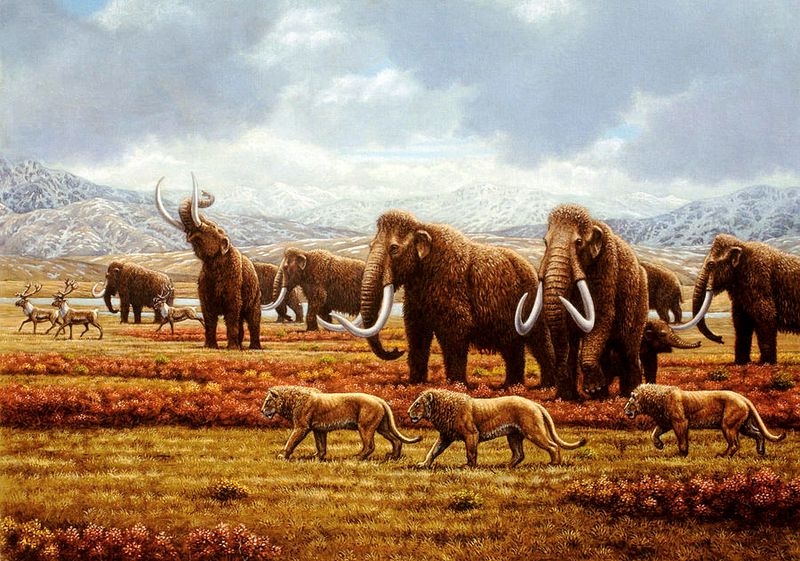
Imagine herds of massive, tusked creatures wandering through ancient redwood forests and grassy plains! North America once teemed with elephant ancestors.
Gomphotheres, mastodons, and woolly mammoths thrived here for millions of years, adapting to diverse environments from Arctic tundra to subtropical woodlands. Their presence shaped ecosystems until their mysterious disappearance around 10,000 years ago.
2. Fossil Discoveries Sparked Scientific Interest

The story begins with an extraordinary 1725 discovery. Enslaved Africans working near South Carolina’s Stono River unearthed strange teeth they correctly identified as elephant-like remains.
This remarkable moment marked America’s first documented vertebrate fossil find. These giant molars sparked scientific curiosity about the continent’s prehistoric giants, challenging early understandings of extinction and ancient animal distribution.
3. Extinct Species: Mammoths And Mastodons
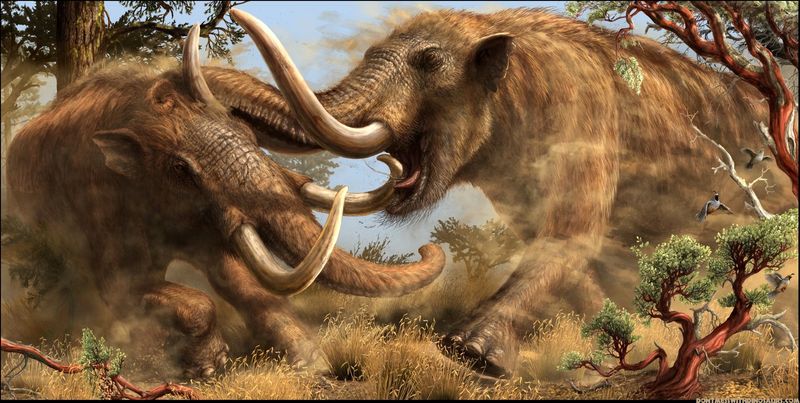
Two magnificent giants once dominated North America’s landscape. Columbian mammoths stood 14 feet tall with massive curved tusks, perfectly adapted for grazing open grasslands.
Their cousins, American mastodons, were shorter but powerfully built forest-dwellers with straight tusks ideal for browsing trees. Despite their impressive adaptations, both vanished as the last ice age ended, leaving only their fossilized remains to tell their story.
4. Rewilding Efforts: Bringing Back Elephants
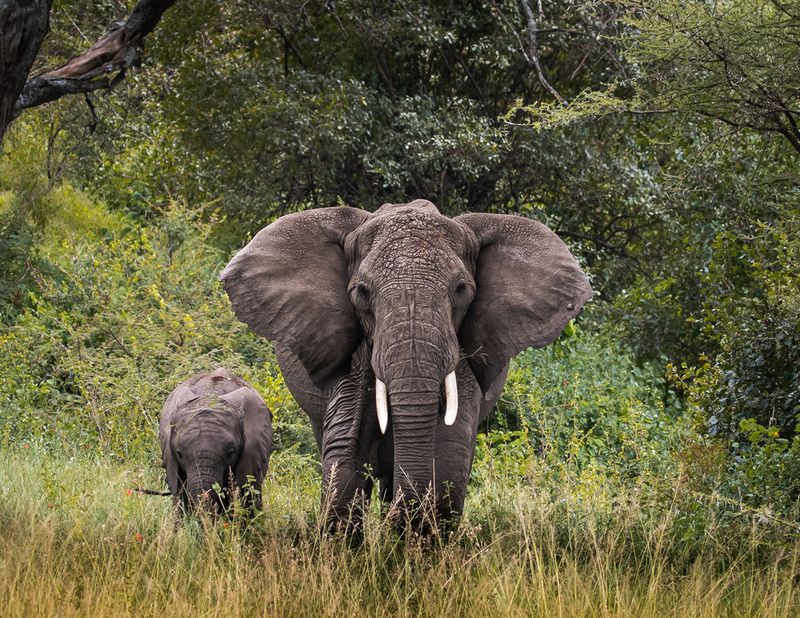
A bold conservation vision is taking shape across North America. Some visionary scientists propose reintroducing Asian elephants to fill ecological gaps left by extinct mammoths and mastodons.
This controversial rewilding concept suggests these modern pachyderms could restore ancient plant communities by consuming specific vegetation and creating pathways through dense forests.
The debate continues about whether such dramatic ecosystem engineering represents responsible conservation or risky experimentation.
5. Captive Elephants In North America

Old Bet made history in 1796 as the first elephant to reach American shores. Arriving as a curiosity, this pioneering pachyderm launched centuries of elephants in North American captivity. Traveling menageries evolved into circus acts and eventually zoological exhibits.
While early elephants faced harsh exploitation, modern facilities have gradually improved living conditions. Their journey reflects changing American attitudes toward exotic wildlife and animal welfare.
6. Decline In Captive Populations
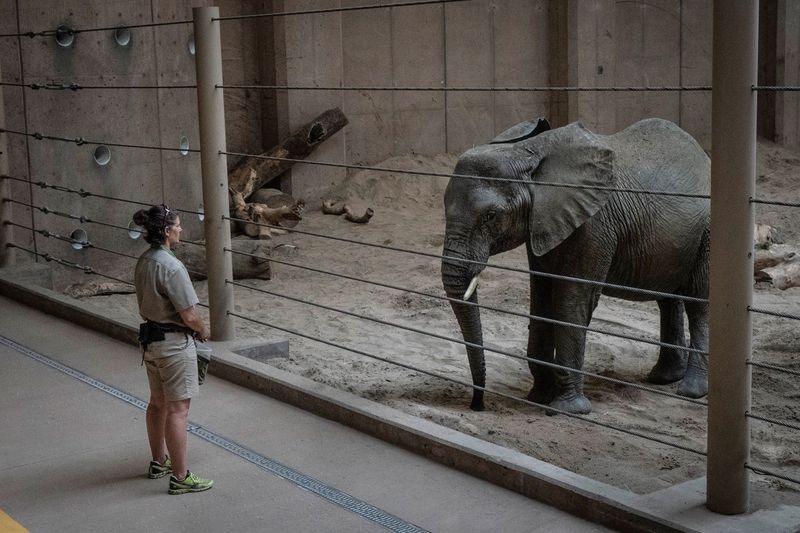
A quiet revolution is transforming North American zoos. Since 1991, thirty-two facilities have permanently closed their elephant exhibits, with more planning to follow suit.
This remarkable shift stems from mounting evidence about elephants’ complex needs for space, social interaction, and mental stimulation.
Modern ethical standards increasingly recognize that traditional enclosures simply cannot provide adequate environments for these intelligent, wide-ranging animals.
7. Sanctuaries For Retired Elephants
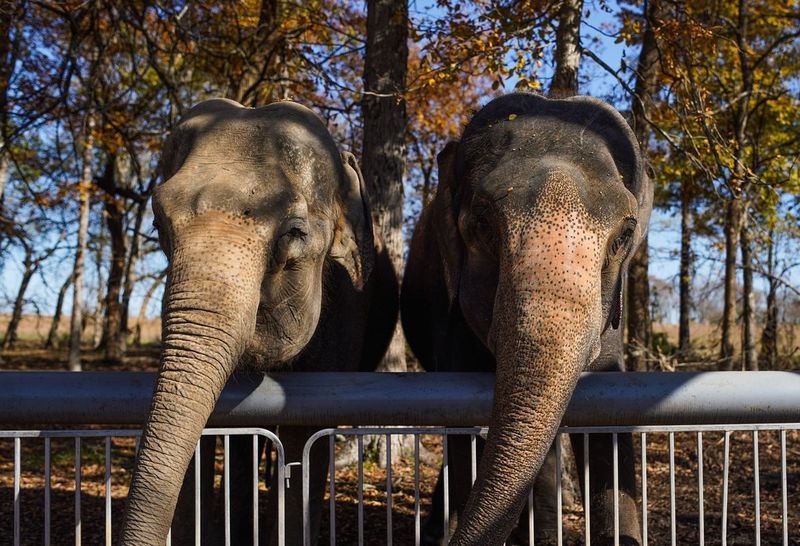
Sprawling across hundreds of acres, havens like the Endangered Ark Foundation offer retired elephants something precious: freedom to simply be elephants.
These specialized sanctuaries provide natural terrain where former performers and zoo residents can form social bonds, forage naturally, and make choices about their daily activities.
Unlike traditional exhibits, sanctuary life prioritizes elephant well-being over public viewing, creating peaceful final chapters for these long-lived animals.
8. Conservation Challenges
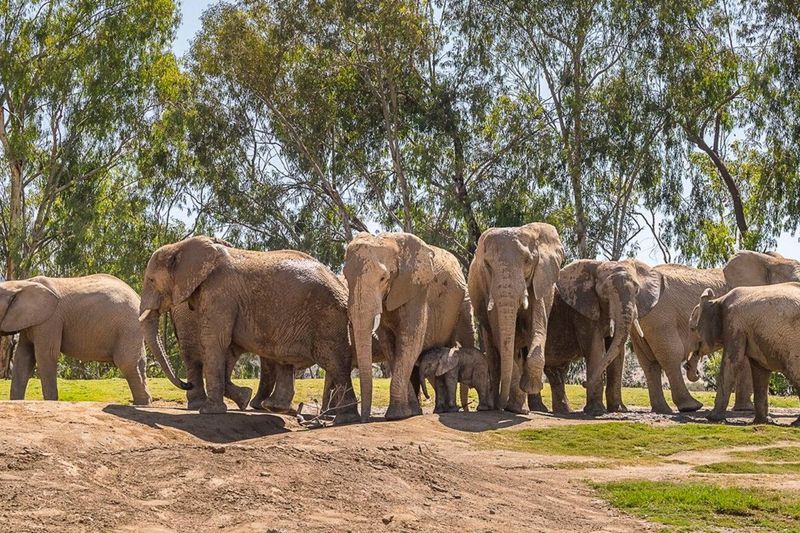
North American institutions face a critical mission supporting wild elephant populations across oceans. Major zoos fund anti-poaching patrols protecting African savanna elephants from ivory hunters. Research facilities develop innovative tracking technologies to monitor forest elephants in dense Asian jungles.
These collaborative efforts represent North America’s contribution to global elephant preservation, even as the continent itself hasn’t hosted truly wild elephants for millennia.
9. Advancements In Veterinary Care
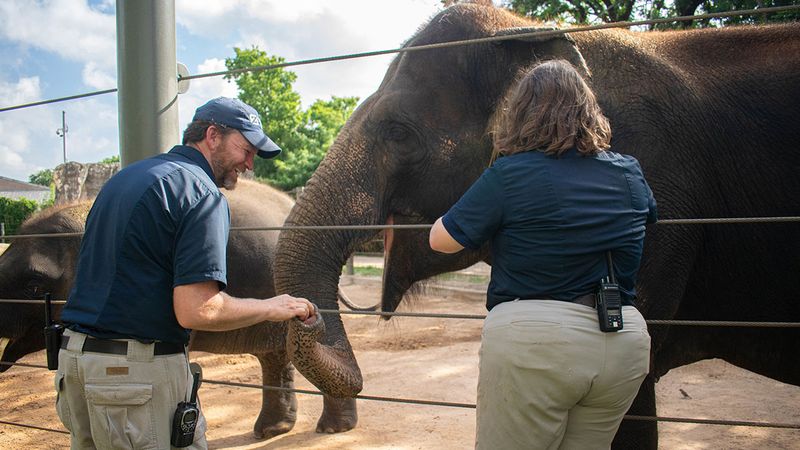
Groundbreaking medical innovations are saving elephant lives across North America. Specialized foot care techniques prevent the deadly complications that once claimed many captive elephants.
Veterinarians have pioneered treatments for Elephant Endotheliotropic Herpesvirus (EEHV), a previously devastating illness.
Custom-designed diagnostic tools allow early detection of health problems in these massive patients. These medical advances reflect growing commitment to elephant welfare and longevity.
10. Public Awareness And Education
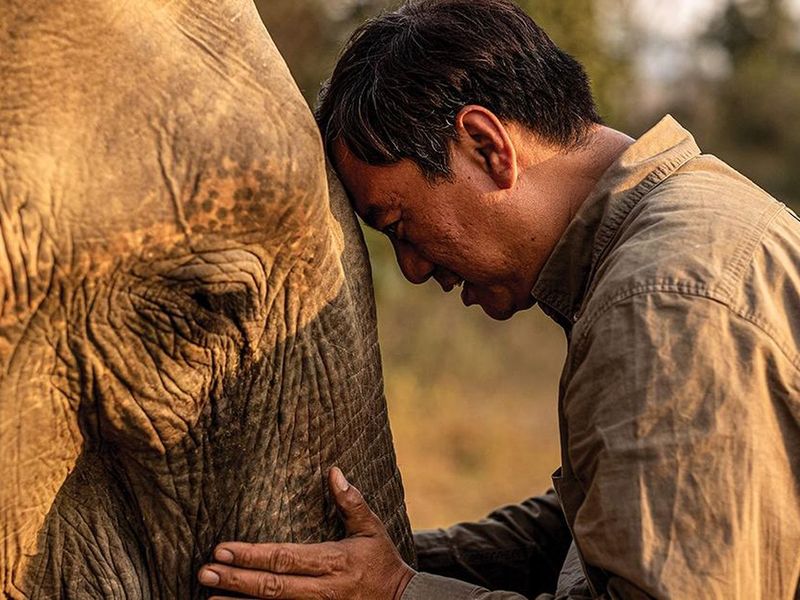
Fascinating elephant ambassador programs are transforming public understanding across North America. Children who once viewed elephants merely as circus performers now learn about their complex social structures and remarkable intelligence.
Interactive museum exhibits feature touchable fossil casts alongside conservation messaging. These educational initiatives create emotional connections between North Americans and elephants, inspiring new generations of conservationists committed to protecting these magnificent animals both locally and globally.
11. Ethical Considerations In Elephant Exhibits
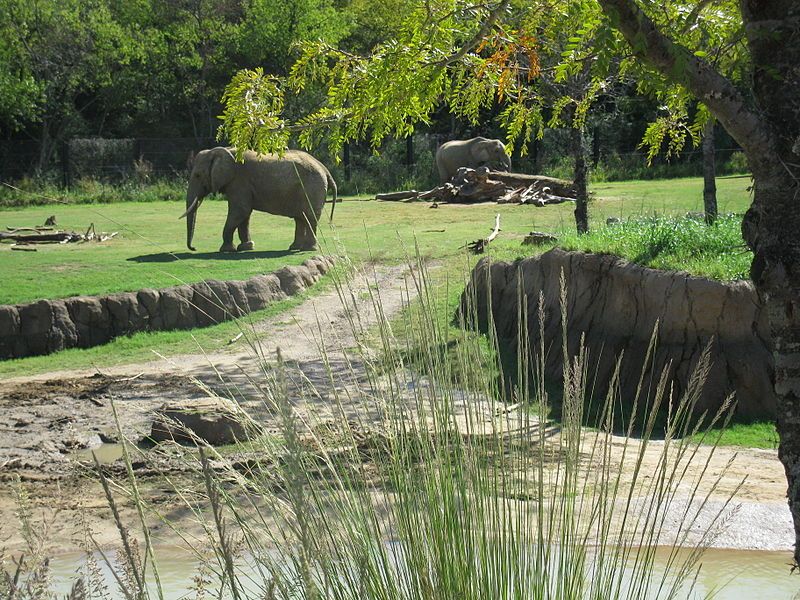
A profound ethical shift is reshaping elephant care across North America. Traditional concrete enclosures are increasingly recognized as fundamentally inadequate for animals that naturally walk up to 50 miles daily.
Progressive facilities now require multiple acres per elephant, compatible social groupings, and enrichment that stimulates natural behaviors. This evolution reflects deeper questions about whether any captive setting can truly meet elephants’ physical and psychological needs.
12. Future Outlook
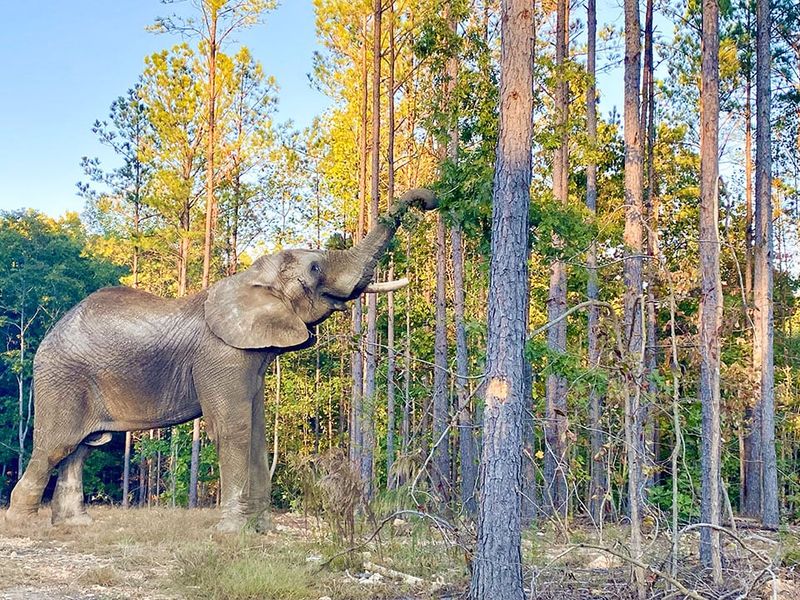
North America’s elephant future balances on delicate decisions being made today. Cutting-edge reproductive technologies offer hope for maintaining genetic diversity in shrinking captive populations. Simultaneously, sanctuaries expand to accommodate elephants from closing exhibits.
The continent’s relationship with these magnificent creatures continues evolving through scientific advancement, ethical reconsideration, and growing public commitment to ensuring elephants thrive both in North America and worldwide.






